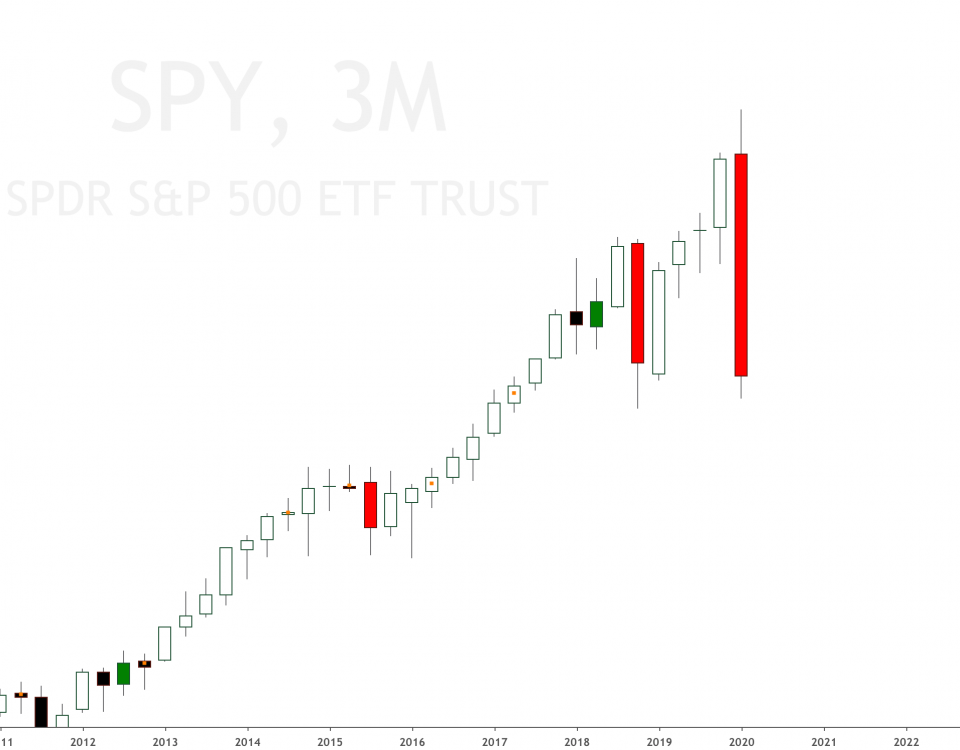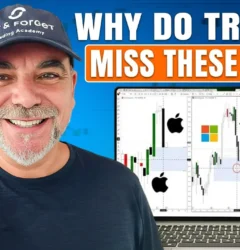16 Mar 2020

The whole trading world is talking about the same thing, the US stock market crash in 2020, a worldwide stock market that affects every single world exchange.
Has the market crash in 2020 begun because of the coronavirus effect? Have the Oil war and OPEC and Russia’s decisions affected the crash? They have affected the sell-off in most stocks, indexes and ETFs, but they are not the only reason the price drops so strongly.
US Stock market correction 2020
There are obvious reasons why coronavirus could affect Norwegian Cruise Line (NCLH) stock; citizens cannot travel like before, many countries have banned other countries, and flights are scarce or non-existent. The US has banned flights coming from the European Union, and now even the UK; similar bans have been established in Spain, Italy, China and other countries. All these bans will undoubtedly cause a strong disruption in our travelling habits.
NYSE crash
Airlines and hotels are very much affected. I’ve many friends who have lost their jobs in Spain because of the effects of the coronavirus. Many hotels have closed, and restaurants have to be closed by order of our President. The employment rate will hit maximums in no time in Spain and probably in other countries whose Gross Domestic Product (GDP) is mostly focused on the services sector (hotels, restaurants, travelling).
However, we forget something very important: price action and supply and demand. Price action is the only non-lagging indicator; if a candlestick closes at $45 on the daily, weekly or monthly timeframes, then the candle cannot unclose the next day or week at a different close; it’s just impossible. The same cannot be said about indicators and oscillators. They change with sharp moves of the underlying asset and very high volatility like the one happening in the US stock market crash in 2020.
Nasdaq collapse
As you will see in the quarterly timeframe analysis done in below for a bunch of important stocks and ETFs, price action itself can tell us a lot if we know how to read it correctly and put it into context against the bigger picture.
Time is inherent to a candlestick, independently from its timeframe. The strength of the bullish and bearish impulses can give us a lot of information of who is in control of the dynamics of the market at any given moment. Is it the bulls or the bears?
US stock market collapse
Watch the US Stock market crash 2020 video analysis; it will make much more sense when you watch the thirty minutes long video analysing ETFs like QQQ (Nasdaq), SPY (S&P500) and DIA (Dow Jones Industrial Average), and stocks from different sectors and industries like Amazon (AMZN), Netflix (NFLX), Roku Inc (ROKU), Microsoft (MSFT), Google Alphabet (GOOGL), Intel (INTC), Facebook (FB), Apple (AAPL), Qualcomm (QCOM), Walmart (WMT). Tesla (TSLA), McDonald’s (MCD). I’ve also analysed a couple of stocks from the pharmaceutical industry, like Johnson and Johnson (JNJ) and Pfizer (PFE), a couple of banks like JP Morgan Chase (JPM) and Bank Of America (BAC), and also a couple of oil-related companies that are highly correlated with Crude Oil and Brent oil, the two stocks are Exxon Mobil (XOM) and British Petroleum (BP).
Wall Street crash
As you will see in the video analysis, the long term price action analysis can tell us a lot about what we expect the price to do and why we should not be thinking of buying the underlying stock even if it’s yielding a very high dividend. Why would we want an 8% dividend on a stock that is dropping like a rock? It makes no sense; it’s suicidal.
After watching the video, you can reach your conclusions. Has the coronavirus and the oil war been responsible for the US stock market crash in 2020? Or was there something else that would have prevented us from buying and having losses with this strong bearish correction that happened in the first quarter of 2020?









